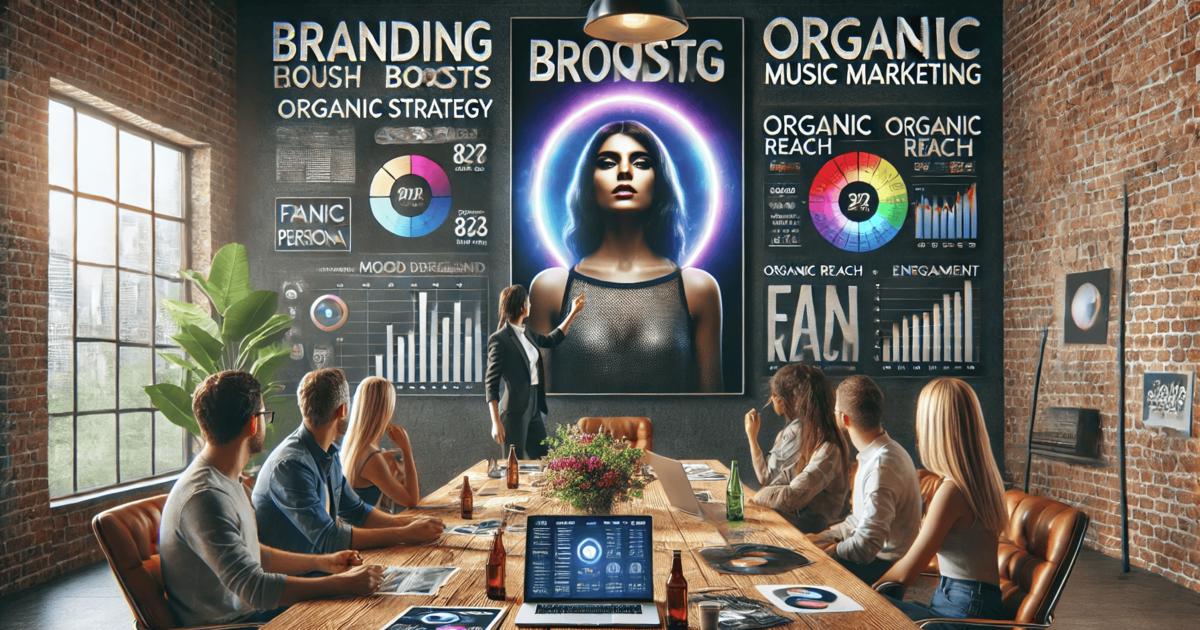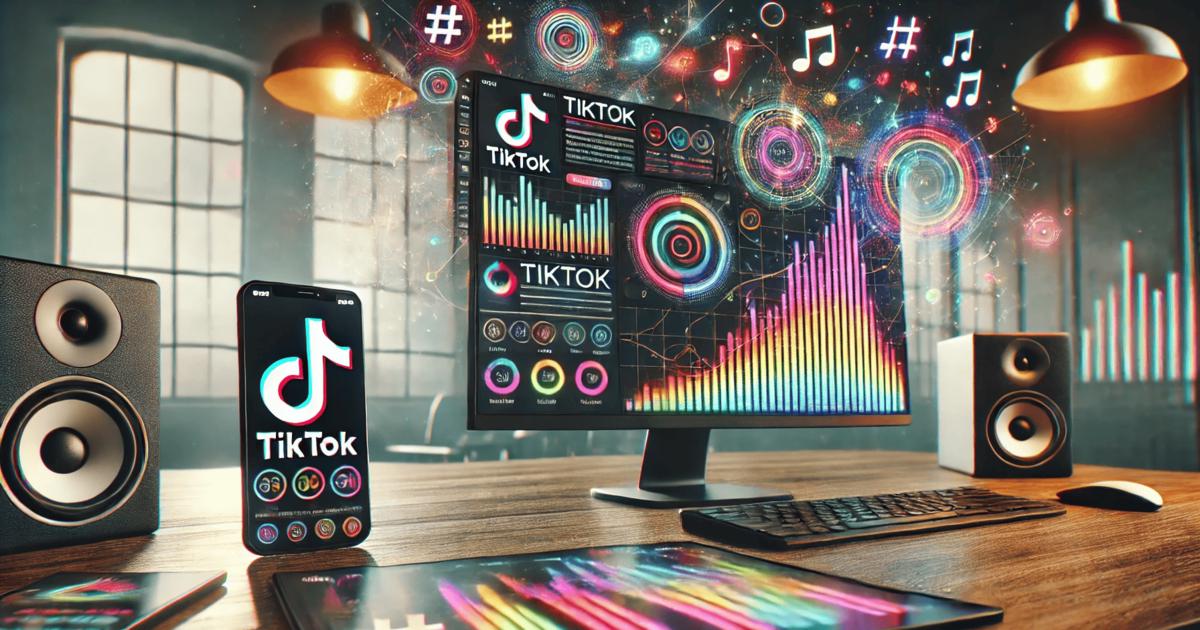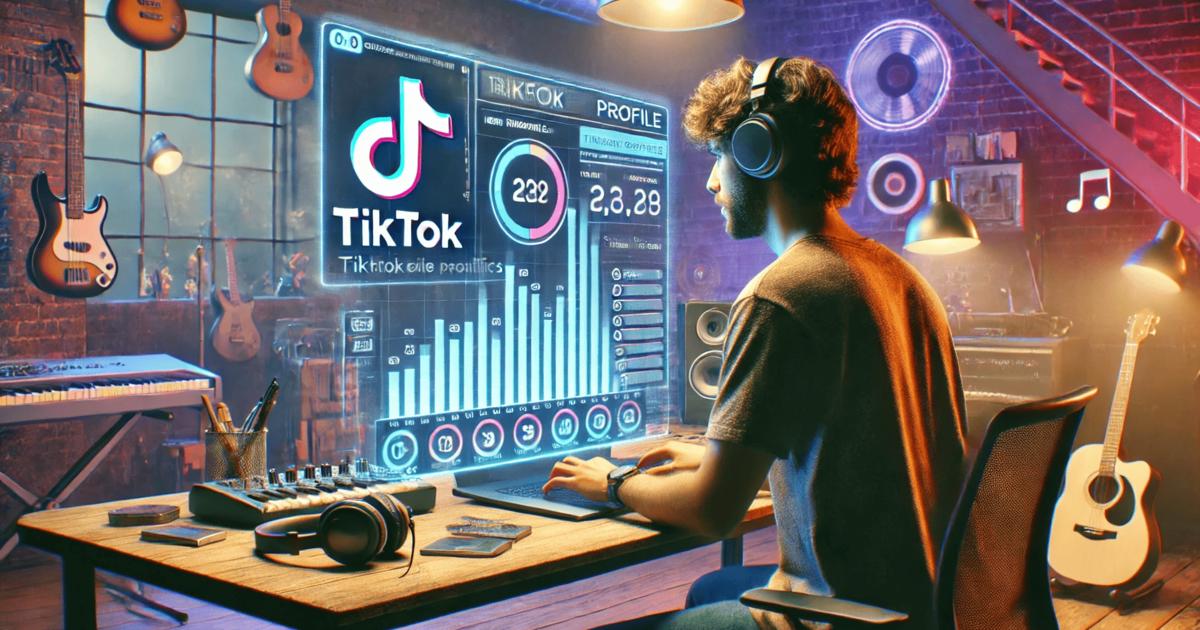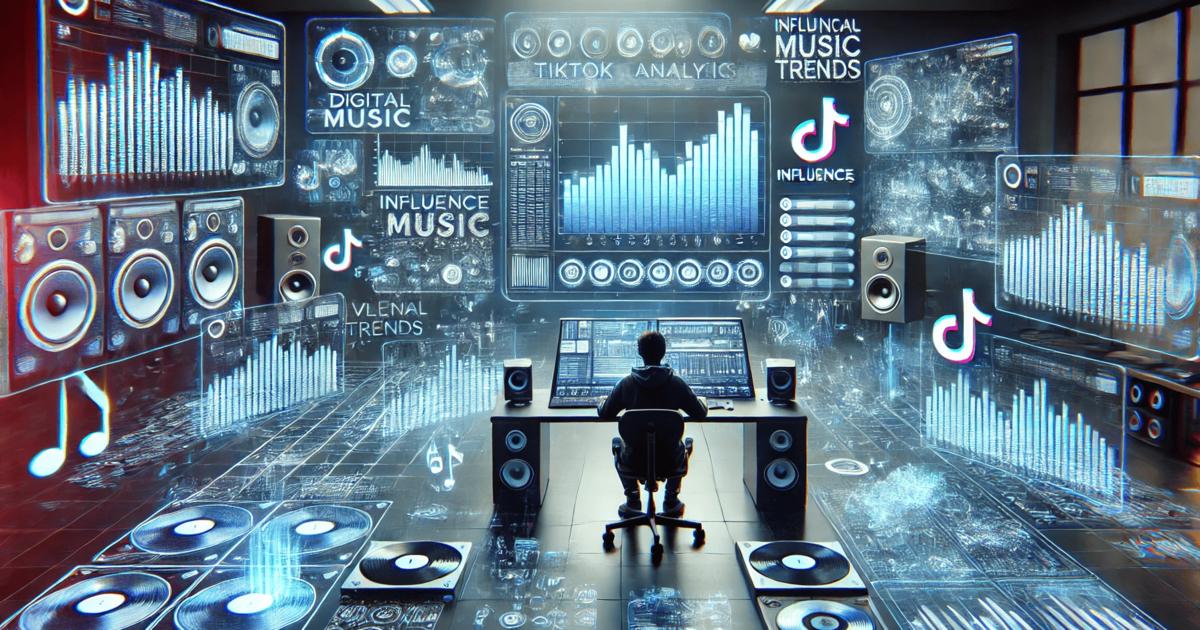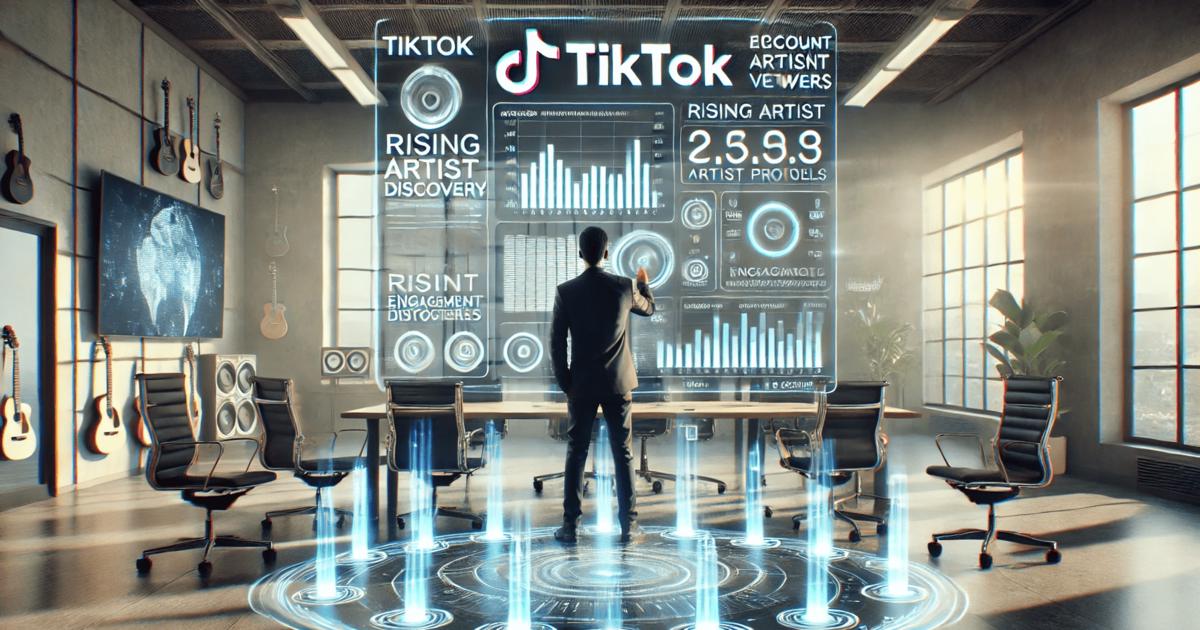How Branding Supercharges Organic Music Marketing
How Branding Supercharges Organic Music Marketing
Why Branding Matters in Music Marketing
Branding is more than just a logo or visual identity. It's the sum of how people perceive you — your sound, personality, message, and visual choices. In today's oversaturated music industry, branding is one of the few levers artists can fully control to create impact.
It starts with recognition. A consistent visual identity — logo, color palette, fonts, and imagery — combined with a distinct sonic and stylistic direction helps fans quickly identify you. Gorillaz are a prime example. Even if their name isn't visible, the cartoon avatars and cohesive aesthetic across videos, album covers, and social media content make them unmistakable. That kind of brand recall increases visibility across platforms like Spotify, TikTok, YouTube, and Instagram.
Branding also differentiates you in a sea of new releases. With tens of thousands of songs uploaded daily to streaming platforms, you need something to set you apart. Artists like Doja Cat have leaned into unique personas — in her case, a space-pop alter ego — to carve out a distinct space. On the other end of the spectrum, José González relies on minimalism and authenticity to communicate his identity. Both approaches work because they are intentional and consistent.
A strong brand builds emotional connections. Fans rarely become loyal based on music alone. They connect to stories, values, and personality. Taylor Swift's ability to evolve her brand with each album era deepens her bond with fans. Megan Thee Stallion maintains loyalty through a clear brand voice focused on empowerment and confidence.
Branding also simplifies content creation. Without it, artists often have no direction when producing content. With a clear brand identity, everything from social media posts to merch to press shots becomes easier to plan. Thematic decisions — whether nostalgia, luxury, rebellion, or minimalism — guide the content tone and visual choices. Even a basic brand style guide can help artists and their teams stay aligned.
Industry professionals take branding seriously. Labels, A&Rs, curators, brand managers, and music media outlets are more likely to support artists with a clear and consistent identity. When Billie Eilish gained traction, her recognizable aesthetic and brand tone made her attractive to companies like Gucci and Apple Music. This is why your Electronic Press Kit (EPK) should always include a section that outlines your brand.
Effective branding also opens up revenue streams. If your brand resonates with people, it translates into merch that sells and potential partnerships. Travis Scott's Cactus Jack brand is a textbook example — he's extended his influence into sneakers, fast food, gaming, and beyond. His fans don’t just stream music — they wear and interact with the brand.
Finally, branding builds long-term loyalty. Casual listeners may come and go, but fans who connect with your brand stick around for album cycles, social causes, and live shows. BTS is a case in point. They built a loyal fanbase not only through music but by consistently promoting themes of self-love, community, and social responsibility.
Why Music Analytics Matter for Brand-Building
Without analytics, you're guessing. Branding is only effective if it's reaching the right audience — and for that, you need tools that provide accurate, real-time insights. This is where platforms like Viberate and Chartmetric come in.
Viberate is designed for music professionals — A&Rs, managers, marketers, promoters, and data analysts. It helps you measure every part of an artist's performance, making it easier to align branding with real-world audience behavior. For example, Viberate's artist charts let you rank performers by genre and platform success. You can compare metrics like engagement, growth, and playlist traction to make informed decisions.
If you're managing a roster, Viberate offers weekly performance reports, geo-demographic breakdowns, and insights into streaming trends. Want to adjust your branding for different markets? Their fanbase analysis lets you segment by age, country, and gender. If you're targeting editorial playlists, the Playlist Chart shows where an artist is gaining traction and where there’s room to grow.
Viberate also offers deep artist analytics, song-by-song performance, cross-channel comparisons, and benchmarking tools. You can use this to measure the impact of a new visual identity or branding campaign. Add in festival and venue discovery tools, and you can plan performances that fit your brand trajectory. Custom reports and CSV exports help you present all this data to stakeholders clearly.
Chartmetric offers a different but equally powerful feature set. It combines streaming, social media, and traditional media data to give a unified view of artist performance. Whether you’re tracking a release campaign or monitoring growth across platforms, Chartmetric helps you evaluate what's working — and what isn’t.
It’s especially useful for spotting trends and benchmarking performance. Chartmetric can identify early-stage momentum through its talent discovery tools, allowing you to act before trends hit mainstream. Advanced filters help refine searches by genre, region, and release type.
The platform is ideal for launch campaigns too. You can track playlist additions, social engagement, and other KPIs in real time. This is essential when testing if a new brand message or visual strategy is resonating. Their audience demographics feature also helps you match branding decisions to listener expectations.
Both Viberate and Chartmetric offer the kind of granular, real-time data needed to validate and refine branding strategies. Organic music marketing only works when it’s paired with smart data usage — otherwise, you’re flying blind.
Branding gives fans something to connect with. Analytics tells you who those fans are and how they’re responding. Together, they create a loop of insight and adaptation that powers long-term growth.
Final Thought
Organic music marketing is only effective when paired with a strong brand and backed by reliable data. Use branding to create emotional connections and memorability. Use analytics platforms like Viberate and Chartmetric to test, adapt, and scale those efforts. In today’s competitive market, guessing isn’t enough. Data-backed branding is how you stay relevant and grow sustainably.
